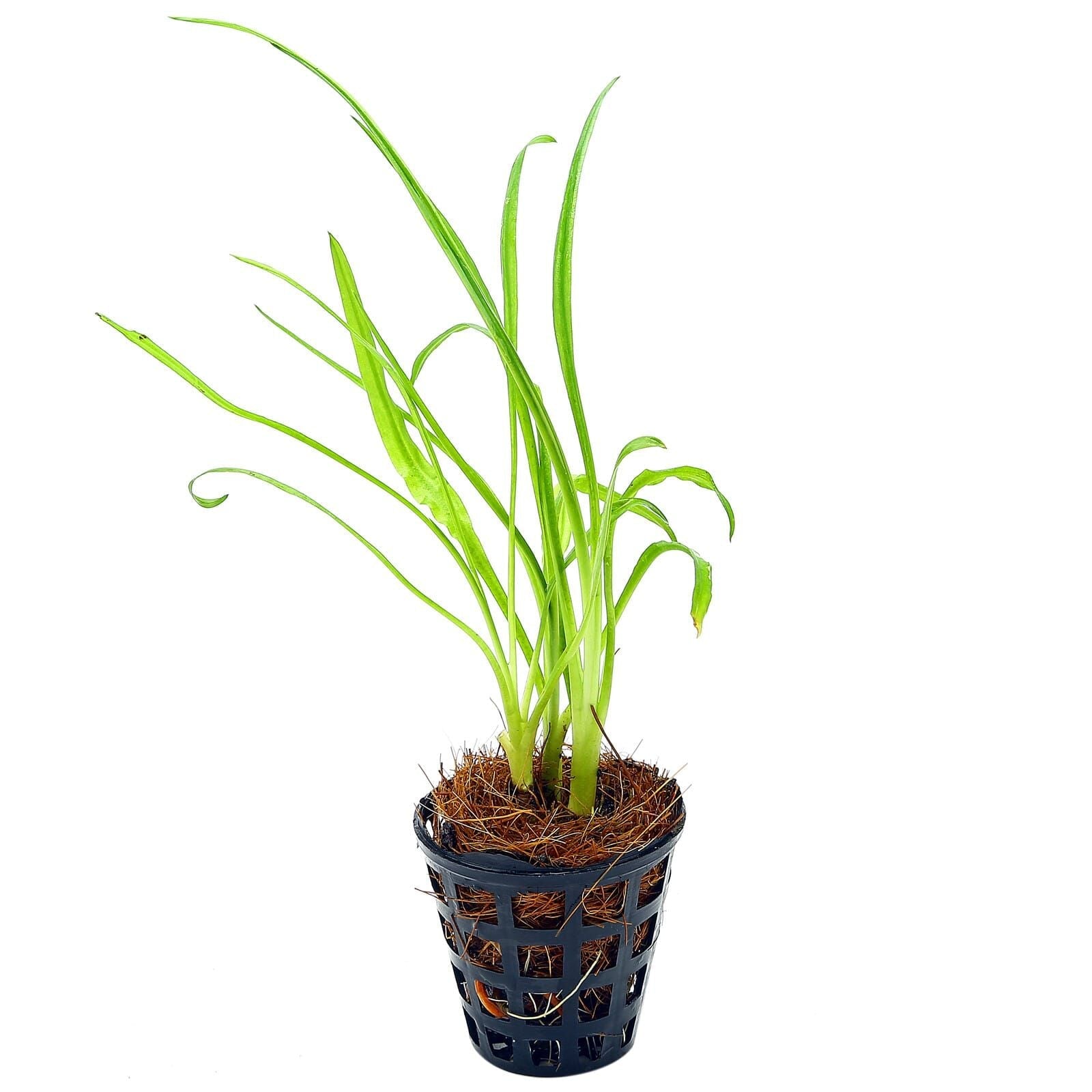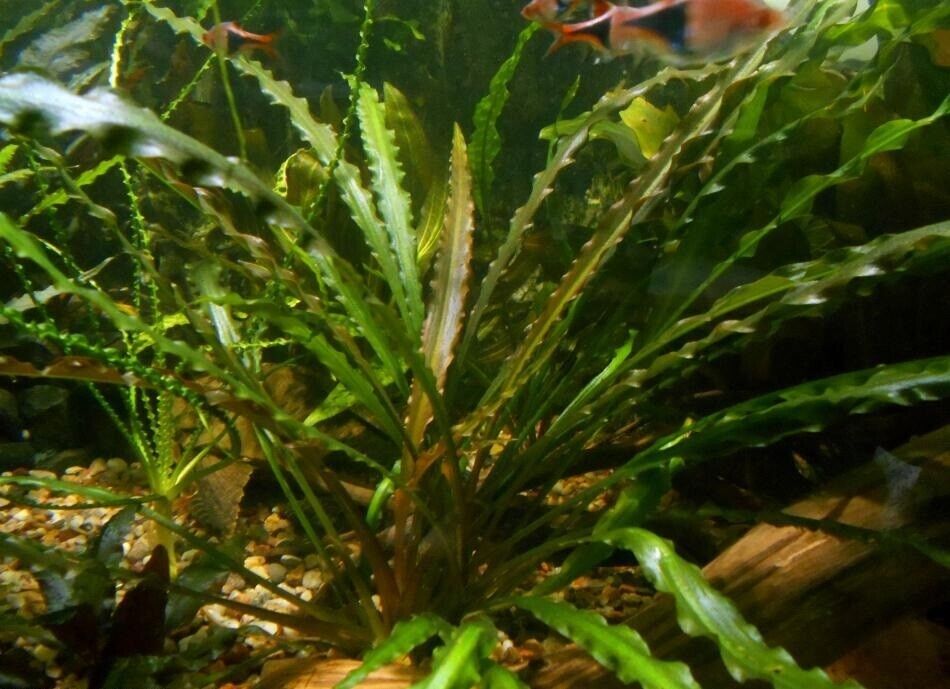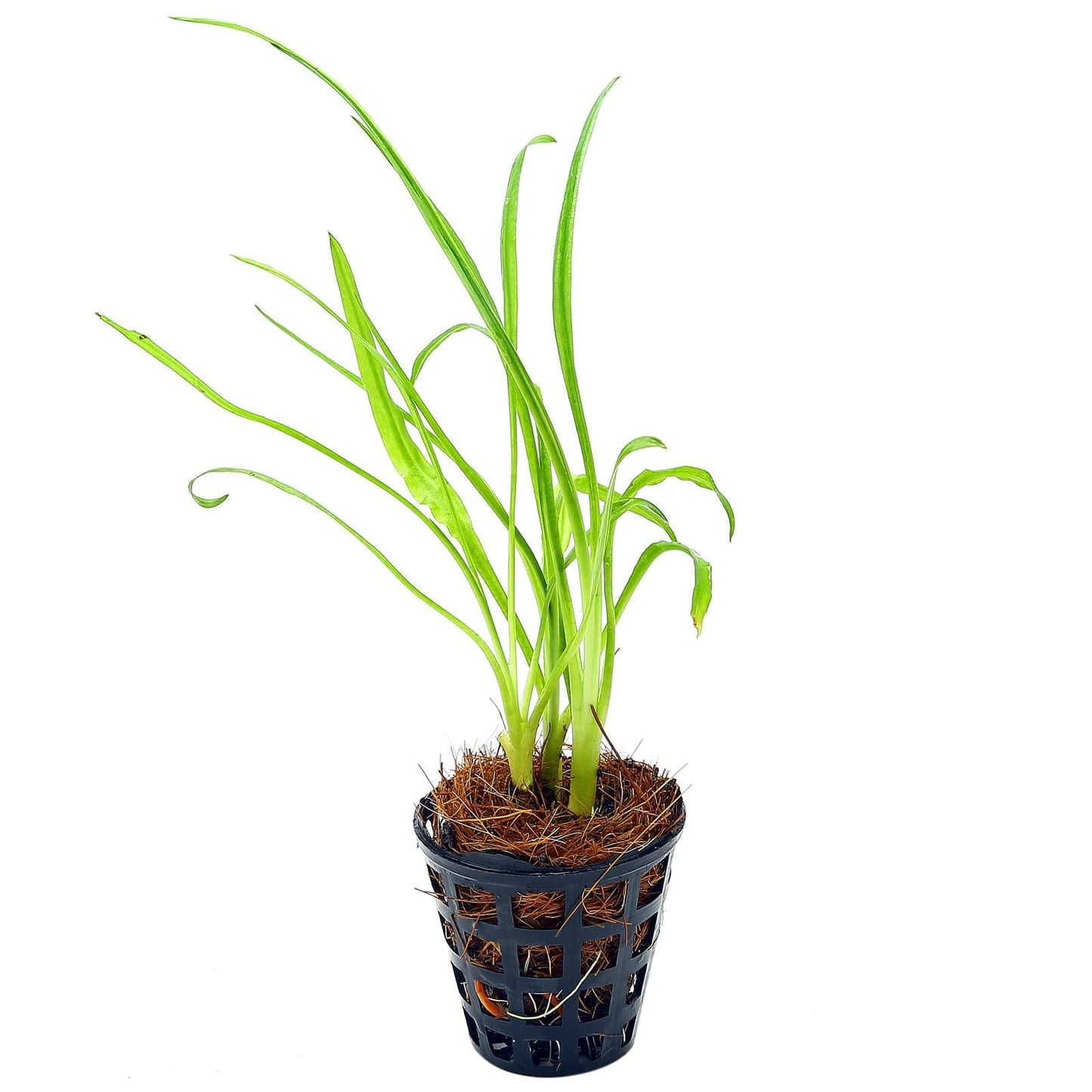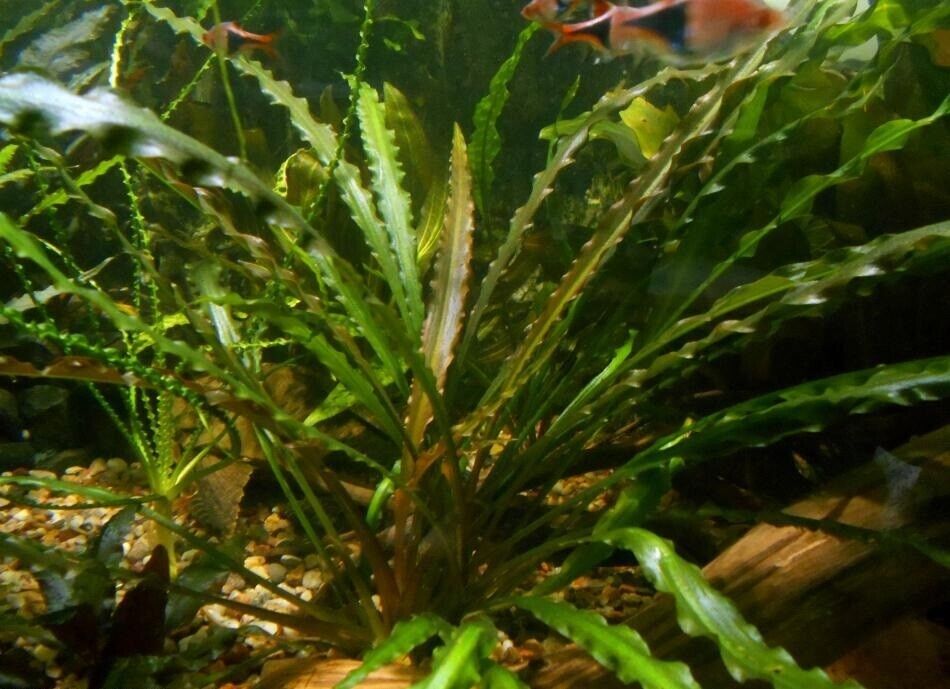🌿 Cryptocoryne Retrospiralis - Spiraling Freshwater Aquarium Plant
Add a dynamic and elegant look to your aquarium with Cryptocoryne Retrospiralis. This beautiful plant features long, narrow, spiraling leaves that create movement and texture in any aquascape. Its hardy nature and easy care make it a great choice for beginners and experienced aquarists alike.
Cryptocoryne Retrospiralis Quick Facts
| Feature | Details |
|---|---|
| 🌍 Origin | India |
| 📏 Size | 12 - 20 inches |
| 💡 Lighting | Low to moderate |
| 🌡️ Temperature | 72°F - 82°F (22°C - 28°C) |
| 💧 pH Range | 6.0 - 7.5 |
| 🎨 Color | Green to reddish-brown, narrow spiraling leaves |
| 🪴 Position in Tank | Background |
| 🌟 Difficulty | Beginner-friendly (easy to moderate) |
| 🐟 Compatibility | Betta fish, Neocaridina/Caridina shrimp, snails, community fish |
Why Choose Cryptocoryne Retrospiralis?
- ✔️ Tall, spiraling leaves – Adds height and a flowing aesthetic to aquascapes.
- ✔️ Low-light tolerant – Thrives in low to moderate lighting conditions.
- ✔️ Hardy and easy to care for – Perfect for beginners and low-tech tanks.
- ✔️ Provides natural cover – Great for fish and shrimp seeking shelter.
- ✔️ Improves water quality – Helps absorb excess nutrients and stabilizes tank conditions.
How to Care for Cryptocoryne Retrospiralis
Care Tips
- Lighting: Grows well in low to moderate lighting, making it ideal for low-tech setups.
- Placement: Works best as a background plant due to its tall, flowing leaves.
- Substrate: Prefers nutrient-rich substrate; root tabs help boost growth.
- Fertilizer: Occasional root fertilization supports healthy leaf development.
- Maintenance: Trim older or melting leaves to encourage fresh growth.
Propagation Steps
- Wait for Runners: The plant naturally produces side shoots or runners.
- Separate the Baby Plants: Once plantlets develop roots, gently detach them from the main plant.
- Replant: Place the new plantlets into the substrate and allow them to establish.



